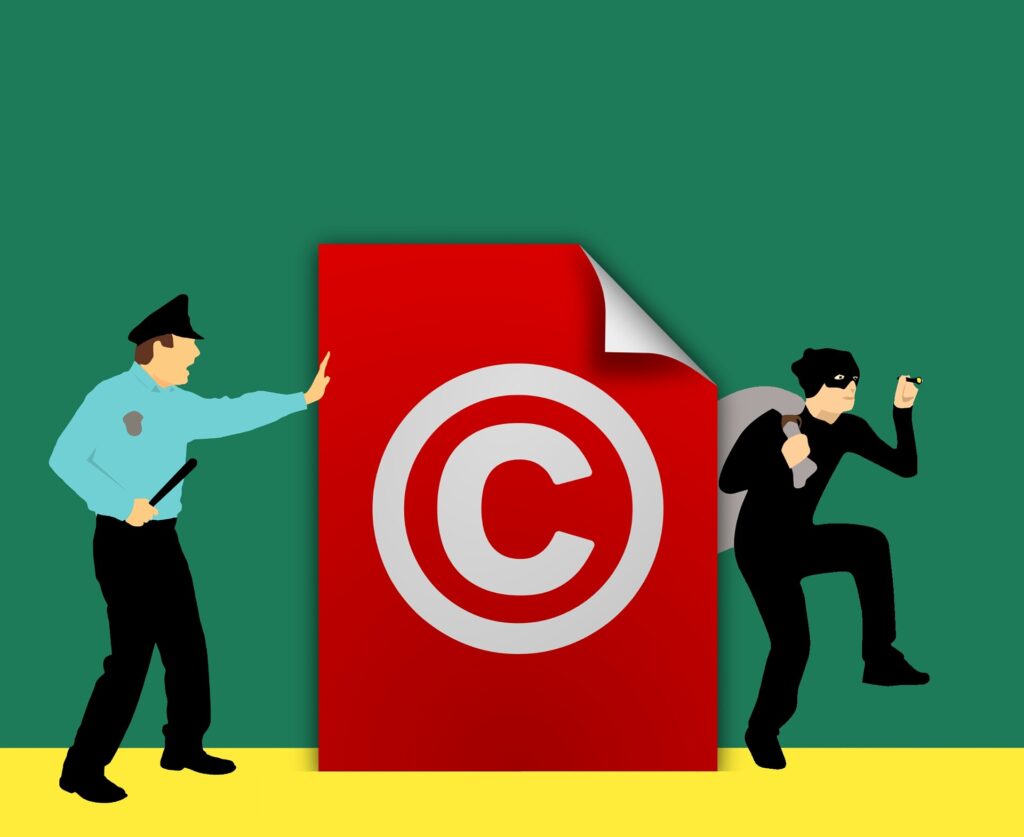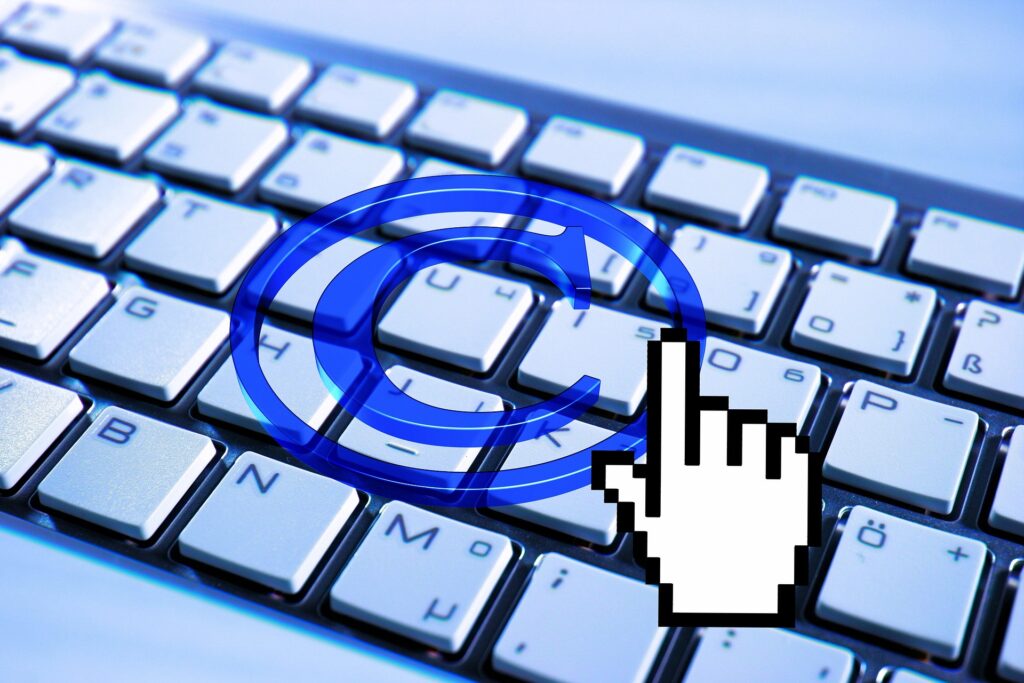What is Plagiarism and How to avoid Plagiarism?
In this article we are going to understand what is plagiarism and how to avoid plagiarism. So, here we go.
What is Plagiarism?
Plagiarism is the act of presenting someone else’s work or ideas as your own without proper attribution or credit. It is considered a serious offense in academic and professional settings, as it undermines the principles of intellectual honesty and originality. Plagiarism can take various forms, such as copying and pasting text from a source without quotation marks or permission or paraphrasing without acknowledging the original author.

In terms of copyright law, copying someone’s content without permission can result in legal action and serious consequences. Copyright law gives authors and creators the exclusive right to use and distribute their work, and copying someone’s work without permission is considered a violation of those rights.
You can also watch below video to understand What is plagiarism and how to avoid it in Hindi :
The penalties for copyright infringement can vary depending on the severity of the offense, the value of the infringed work, and other factors. In some cases, individuals may be sued for damages, forced to pay fines or royalties, or face criminal charges. In addition, plagiarists may face professional and personal repercussions, including damage to their reputation and loss of employment opportunities.
It’s important to always give credit where credit is due, and to seek permission before using someone else’s work. If you are unsure about whether your use of someone else’s content is legal, it’s always best to seek legal advice or guidance from the original creator.
How to avoid Plagiarism?
Here are 10 best ways to avoid plagiarism and ensure your work is original:
1. Understand what constitutes plagiarism
Educate yourself about what plagiarism is and the various forms it can take. Familiarize yourself with the different types of sources and how to properly cite them.
2. Use quotation marks and citation
To avoid plagiarism, it is important to always give credit where credit is due. This means citing your sources and acknowledging the contributions of other researchers and writers. There are several citation styles that you can use, such as APA, MLA, and Chicago, which provide guidelines for how to cite different types of sources, such as books, journal articles, and websites. Whenever you use direct quotes from a source, put them in quotation marks and cite the source. This applies not only to written materials, but also to images, videos, and other multimedia content.

3. Paraphrase and summarize
Instead of copying and pasting text directly from a source, try to rephrase the ideas in your own words. This not only avoids plagiarism but also helps you better understand the material. When you paraphrase, make sure to rewrite the ideas in your own words and provide a citation for the source. Do not simply replace a few words here and there or use synonyms without changing the sentence structure.
4. Take good notes
Keep detailed notes of your sources, including the author, title, publication date, and page number. This will help you keep track of where you found information and make it easier to cite them correctly later on.
5. Manage your time effectively
Procrastination can lead to rushed work and increase the likelihood of plagiarism. Plan ahead and give yourself enough time to complete assignments without feeling rushed. Don’t wait until the last minute to start your research and writing. Give yourself plenty of time to read and understand your sources, organize your ideas, and write your paper.
Click Here: Best websites to learn digital marketing course
6. Use multiple sources
When conducting research, use multiple sources to get a well-rounded view of the topic. This helps you avoid relying too heavily on one source. Using multiple sources will help to support your arguments and provide a more comprehensive perspective.
7. Use plagiarism detection tools
Another way to avoid plagiarism is to use plagiarism detection tools, such as Turnitin or Grammarly, which can check your writing for potential instances of plagiarism. These tools compare your writing to a vast database of existing texts and highlight any similarities that may indicate plagiarism.
8. Understand your field’s citation style
Each field has its own preferred citation style, so make sure to understand which one is appropriate for your discipline.
9. Ask for help
If you’re unsure about how to properly cite a source or paraphrase an idea, ask for help from a teacher, librarian, or writing tutor.
10. Be ethical
Above all, be ethical in your writing. Treat other people’s ideas and work with respect and honesty, and you’ll avoid plagiarism altogether. It is also important to develop good writing habits that prioritize originality and creativity. This means engaging with the ideas of others in a critical and analytical way, rather than simply regurgitating their arguments. It also means taking the time to conduct thorough research and write in your own voice, rather than relying too heavily on the words of others.
You can also checkout this digital marketing institute to learn digital marketing course by enrolling in our course Or Contact us on +91-8949483728
Why we should avoid plagiarism?
In conclusion, plagiarism is a serious offense that can have negative consequences both academically and professionally. It is important to understand what plagiarism is and how to avoid it. Plagiarism can be avoided by properly citing sources, using your own words and ideas, and giving credit to the original author. In addition, understanding the importance of academic integrity and ethical behavior can help prevent plagiarism. By following these guidelines, individuals can avoid plagiarism and ensure that they are producing original and honest work.
It is important to remember that plagiarism is not only a violation of academic and professional ethics but also a violation of intellectual property rights. Therefore, it is necessary to take steps to avoid plagiarism and maintain the highest level of integrity in all aspects of our work. By being diligent in your citation practices, using plagiarism detection tools, and cultivating good writing habits, you can ensure that your work is original, honest, and respectful of the contributions of others.
Know the rules around fair use of copyrighted material. Fair use allows you to use limited portions of copyrighted material without permission, but there are limits to how much you can use. If you want to use a significant portion of someone else’s work, seek permission from the author or copyright holder. If you’re struggling to come up with original ideas, take a break and come back to the material later. This can give you new insight as you approach the subject with a fresh perspective.

